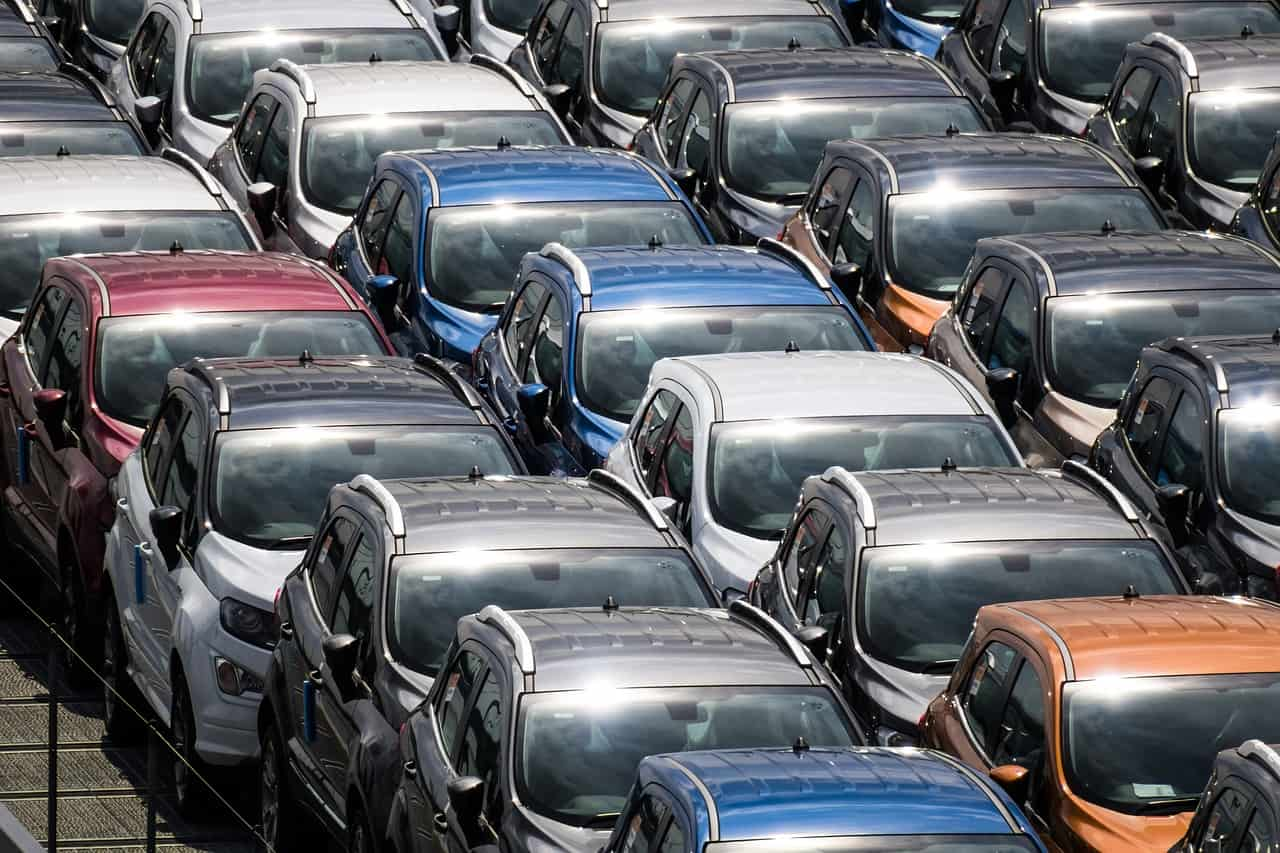The year 2024 finds the automotive industry at a crossroads. Emerging from the disruptions of the pandemic, the sector faces a complex landscape of both opportunities and challenges. While a return to normalcy seems imminent, several key factors are shaping the industry’s current and future trajectory.
Shifting Gears: From Pent-up Demand to Cautious Optimism
The global automotive industry is experiencing a period of cautious optimism in 2024. Following a period of chip shortages and supply chain disruptions, new vehicle inventories are stabilizing. This, coupled with fading pent-up demand, suggests a return to a more normalized market. However, economic headwinds, a lack of robust charging infrastructure, and uncertain regulatory environments are casting shadows on the path forward.
A Slowdown in Electric Vehicle Growth?
The once meteoric rise of electric vehicles (EVs) is experiencing a noticeable slowdown in 2024. Compared to the explosive growth rates witnessed in 2023, major markets like the US and China are expected to see significantly lower year-on-year increases. Factors such as the exhaustion of early adopter demand, limited charging infrastructure, and the gradual withdrawal of government incentives are contributing to this trend. This has led to automakers retooling their production plans, with some even scaling back ambitious EV manufacturing goals.
The Rise of the Used Car Market
While the new car market exhibits caution, the used car market is expected to show continued growth in 2024, particularly in regions like Asia-Pacific. This segment is witnessing increased organization, especially in the Business-to-Consumer (B2C) space, which is projected to surpass 50% market share in key regions. This trend reflects a growing consumer preference for pre-owned vehicles, driven by factors like affordability and wider selection.
Labor and Policy Landscape: The Road Ahead
The recent victory of the United Auto Workers (UAW) in securing favorable agreements with major automakers like GM, Ford, and Stellantis is likely to impact the industry. These agreements, while ensuring worker benefits, may lead to increased labor costs as more EV battery plants are established. Additionally, a complex web of federal policies and regulations regarding emissions standards, tax incentives, and infrastructure development continues to create uncertainty for manufacturers.
The Evolving Retail Landscape: Embracing the Digital Shift
The online car buying experience is gaining significant traction, with global sales projected to reach 7.1-7.3 million units by 2024. This trend is particularly prevalent among EV manufacturers, who are prioritizing online platforms to reach customers. As the industry embraces digitalization, the traditional dealership model is likely to adapt and evolve, with a focus on providing a seamless online-to-offline customer journey.
Innovation and Sustainability: Driving the Future
Despite the current challenges, the automotive industry remains committed to innovation and sustainability. Advancements in autonomous driving technology, connected car features, and alternative fuel options are continuously redefining the driving experience. Additionally, a strong focus on sustainable practices across the supply chain, from material sourcing to manufacturing processes, is becoming increasingly important for automakers in today’s environmentally conscious consumer landscape.
Looking forward, the automotive industry in 2024 stands at a critical juncture. While navigating these present uncertainties, the focus remains on adapting to market shifts, embracing new technologies, and charting a course towards a more sustainable future.
